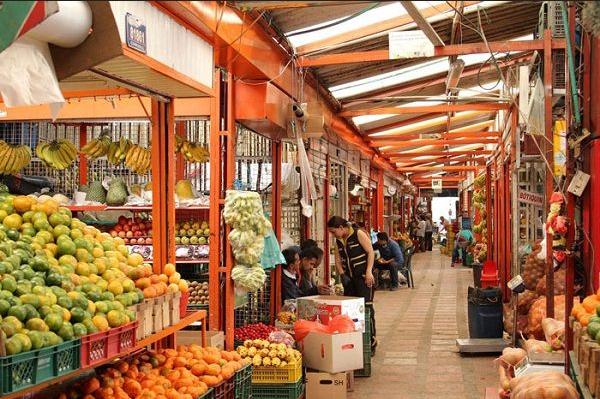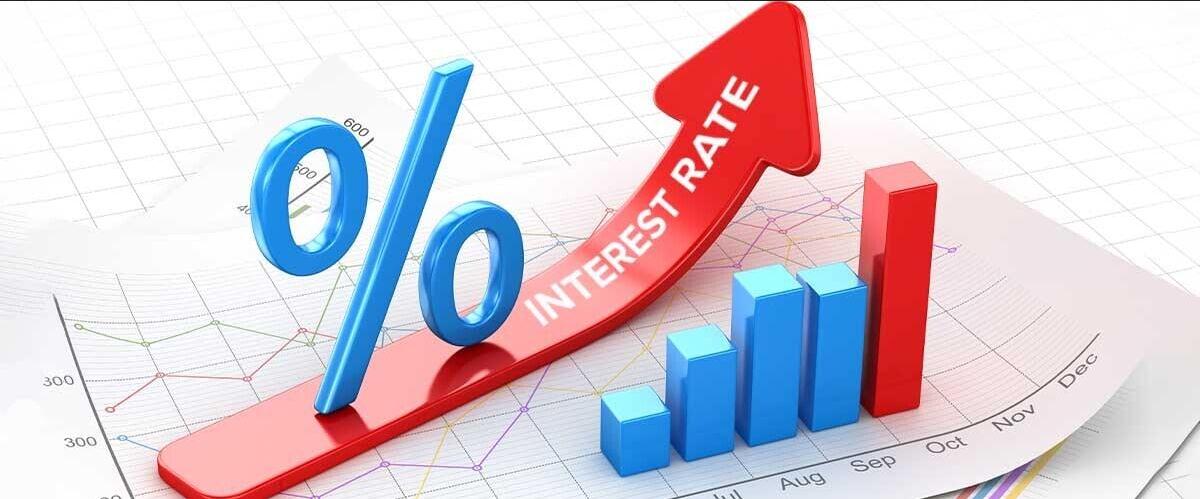The law of supply and demand is the theory that explains the interaction between the sellers of a resource and the buyers of that resource. The theory defines how the relationship between the availability of a particular product and the desire (demand) for this product defines the price. Generally, low supply and high demand increase the price and vice versa.
Understanding the law of supply and demand
The law of supply and demand is one of the most basic laws of economics. It is tied to all the principles of economics in some way. In practice, supply and demand pull each other (against each other) until the market finds an equilibrium price. However, multiple factors can affect supply and demand, causing them to increase or decrease in various ways.
Law of demand vs law of supply
The law of demand states that, all other factors remaining equal, the higher the price of a good, the fewer people will demand that good. In other words, the higher the price, the lower the quantity demanded. The amount of a good that buyers purchase at a higher price is lower because as the price of the good rises, so does the opportunity cost of purchasing that good. As a result, people will naturally avoid buying that product, which will force people to buy something they value more.
The following graph shows how demand (D) falls as the price of a product rises.
Like the law of demand, the law of supply shows that quantities will be sold at a certain price. But unlike the law of demand, the supply relationship shows an upward curve. This means that the higher the price, the higher the quantity that sellers will supply. Sellers supply more goods when there is a higher price, because higher prices will increase their profit.
Unlike the demand relationship, the supply relationship depends on a time factor. Timing is important for supply because suppliers must, but cannot always, react to changes in demand or price. So it is important to try to determine whether a change in price that is caused by demand will be temporary or permanent.
Let’s say, for example, there is an increase in demand and in the price of umbrellas due to an unexpected rainy season. Sellers must simply accommodate demand by using their machines to produce more intensively. If, however, there is a change in climate and the population needs umbrellas all year round, the change in demand and price will last in the long term, suppliers will have to change their machines and facilities for more efficient ones, so that can meet demand levels in the long term.
Variations vs movements
For economics, “movements” and “variations” in the relationship of the supply and demand curve represent different phenomena.
Movements
A move refers to a change along the curve. On the demand side, a movement denotes a change in price and quantity demanded at one point relative to another on the curve. The movement implies that the demand relationship remains consistent. Therefore, a movement along the demand curve occurs when the price of the good changes and when the quantity demanded changes from the original. In other words, a movement occurs when a change in quantity demanded is caused only by a change in price, and vice versa.
Like movement along the demand curve, a movement along the supply curve means that the supply relationship remains consistent. Therefore a movement along the supply curve occurs when the price of a good changes and the quantity supplied changes relative to the original supply. In other words, movement occurs when a change in quantity supplied is caused only by a change in price, and vice versa.
Variations
Meanwhile, a shift in the demand or supply curve occurs when the quantity demanded or supplied changes even though the price remains the same. For example, if the price of a bottle of beer is two dollars and the quantity demanded increases from 1,000 to 2,000 bottles, then there is a change in the demand for beer. Variations in the demand curve imply that the original demand has changed, meaning that the quantity demanded is affected by a factor other than price. A shift in demand could occur, for example, if beer becomes the only type of alcohol available for consumption.
Conversely, if the price of a bottle of beer is $2 and the quantity supplied falls from 2,000 to 1,000, then this is a change in the supply of beer. Like a change in the demand curve, a change in the supply curve implies that the original supply has changed, meaning that the change in supply of the quantity supplied is caused by a factor other than price. A shift in the supply curve could occur, for example if there is a natural disaster causing a shortage of barley then manufacturers will be forced to offer less beer for the same price.
How supply and demand create the equilibrium price
Also called the market price, the equilibrium price is the price at which the producer can sell the units he wants to produce and the buyer can buy the quantities he wants to buy.
At a certain moment, the supply of a good brought to the market is fixed. In other words the supply curve in this case is a vertical line, while the demand curve is always downward due to the law of diminishing marginal utility. Sellers cannot charge more than the market is willing to pay, based on consumer demand at a given point in time. Over time, however, sellers can increase or decrease the quantity they supply to the market, based on the price they expect to obtain in payment. Thus, over time, the supply curve goes up; The more producers expect to be paid, the more they will be willing to produce and bring goods to market.
With an upward supply curve and a downward demand curve, it is easy to imagine that at some point the two curves will intersect. At this time the market price is sufficient for sellers to bring the same amount of goods to the market, hoping to obtain the price that consumers are willing to pay. Supply and demand, then, are in balance or equilibrium. The precise price and precise quantity where this occurs depends on the shape and respective position of the supply and demand curves, which can be influenced by various factors.
Factors affecting supply
Production capacity, production costs such as wages and materials, and the number of competitors can affect how much supply businesses can create. Secondary factors such as material availability, weather, and supply chain dependency can also affect supply.
Factors affecting demand
The number of substitute goods available, consumer preferences, and changes in the price of complementary products can affect demand. For example, if the price of a video game console falls, the demand for games for that console could increase and more people would be willing to buy the console and the games for it.











